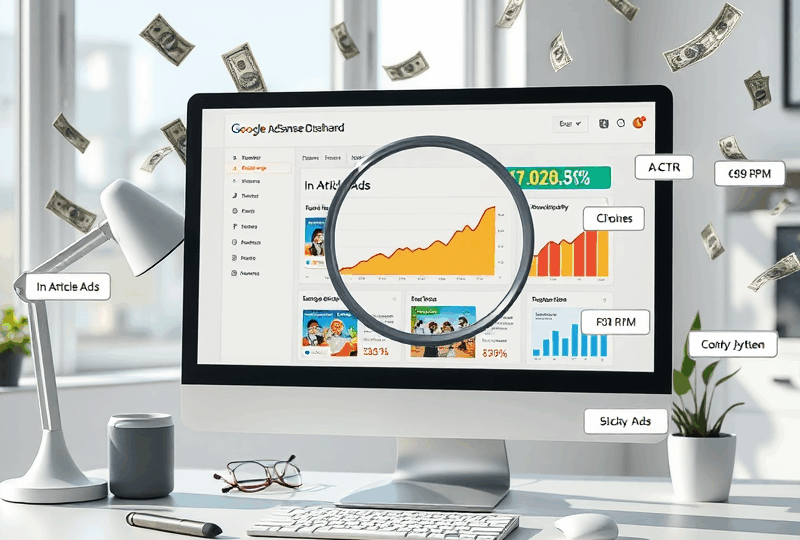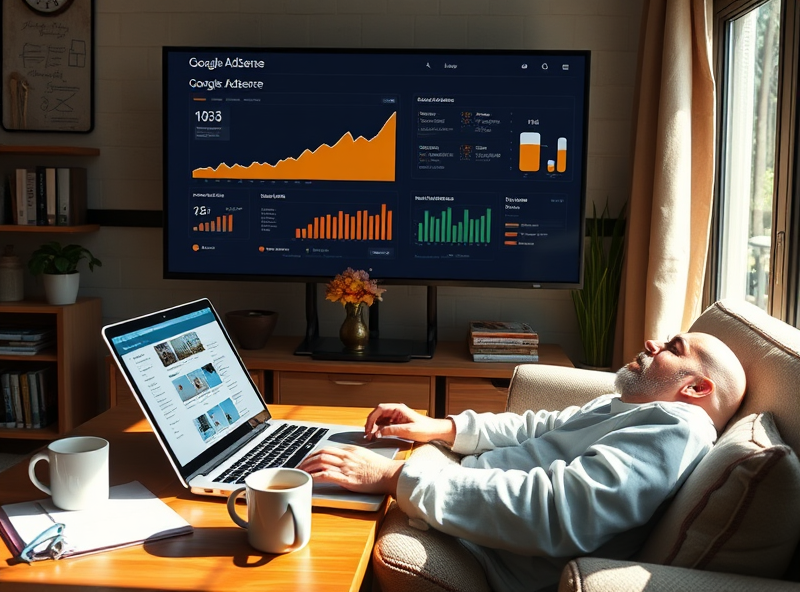
Best AdSense Ad Units for Maximum Revenue: What Ad Types Actually Work Today

If you’re a U.S.-based content creator or blogger looking to monetize your website with Google AdSense, understanding which ad units perform best is essential. With the digital advertising landscape evolving rapidly, it’s important to stay updated on what works today—not what worked five years ago. In this guide, we’ll explore the most effective AdSense ad types for maximizing revenue in 2024, based on current trends, user behavior, and platform updates.
1. Why Choosing the Right Ad Unit Matters
Not all ad units are created equal. Some formats naturally blend better with your content, leading to higher engagement and click-through rates (CTR). Others may disrupt the user experience and lead to lower site retention. The key is to strike a balance between monetization and user satisfaction.
2. Auto Ads: Google’s Smart Monetization Tool
Auto Ads use machine learning to automatically place ads where they’re most likely to perform well. This is especially useful for beginners or those managing multiple websites. In 2024, Auto Ads have become more sophisticated, with better ad placement logic and improved responsiveness across devices.
3. Display Ads: The Classic Performer
Display ads are versatile and can be placed in various parts of your website—sidebars, headers, or within content. The most effective sizes in the U.S. market today include:
– 300×250 (Medium Rectangle)
– 336×280 (Large Rectangle)
– 728×90 (Leaderboard)
These formats perform well because they are large enough to catch attention but not so intrusive that they annoy users.
4. In-Article Ads: Seamless Integration
In-article ads are designed to appear within your content, offering a native-like experience. These ads are ideal for blog posts and news articles, as they maintain the flow of reading while providing monetization opportunities. They are mobile-friendly and have a higher engagement rate compared to traditional banner ads.
5. Multiplex Ads: The New Favorite
Multiplex ads are a relatively new format that displays a grid of related ads, similar to content recommendation widgets. They are visually appealing and perform exceptionally well on content-heavy pages. As of 2024, many U.S. publishers report increased RPM (Revenue per Mille) with this format.
6. Anchor Ads: Persistent but Subtle
Anchor ads stick to the edge of the user’s screen as they scroll, either at the top or bottom. They are non-intrusive and have proven to generate consistent revenue without negatively impacting user experience. They work particularly well on mobile devices, which account for over 60% of web traffic in the U.S.
7. Vignette Ads: High Impact, Use with Caution
Vignette ads are full-screen ads that appear between page loads. While they can generate high revenue, overuse may frustrate users. Use them sparingly and monitor bounce rates closely. Google now allows more control over vignette frequency, making them a more viable option in 2024.
8. Responsive Ads: Adapting to Every Screen
Responsive ads automatically adjust their size and format to fit the screen and layout. This ensures a seamless experience across desktops, tablets, and smartphones. In a mobile-first world, responsive ads are no longer optional—they’re essential.
9. Best Practices for Maximizing Ad Revenue
– Use a mix of ad formats to diversify revenue streams.
– Monitor performance through Google AdSense reports.
– Avoid placing too many ads, which can lead to policy violations.
– Optimize your site speed—slow websites reduce ad impressions.
– Ensure your content is original, high-quality, and user-focused.
10. Final Thoughts
Maximizing AdSense revenue in 2024 requires a strategic approach. By selecting the right mix of ad units and continuously optimizing your site, you can significantly boost your earnings while maintaining a positive user experience. Remember, the key to long-term success is not just monetization—but building trust and value for your audience.



